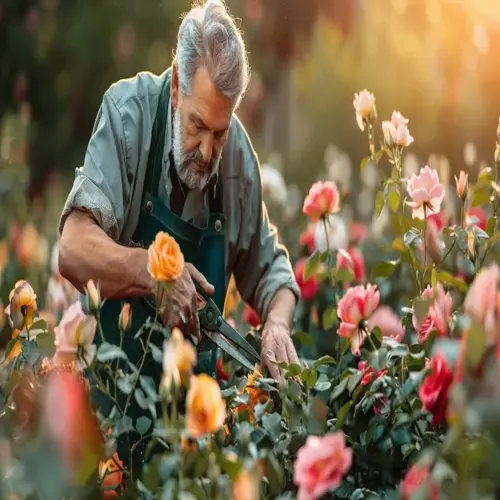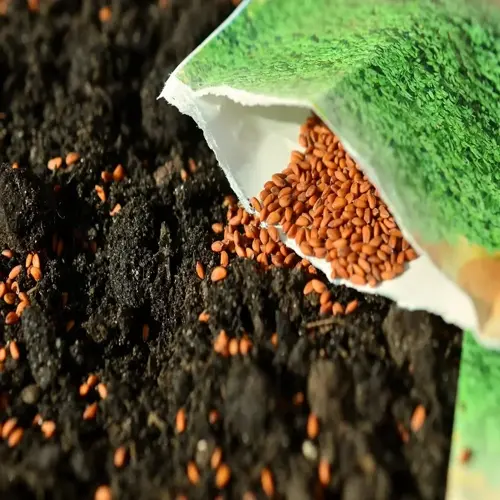What are critical scarification mistakes to avoid?

Written by
Julia Anderson
Reviewed by
Prof. Charles Hartman, Ph.D.Steering clear of critical scarification mistakes protects seed viability during scarification and guarantees germination success. Everyday mistakes, such as over-scarification or extreme temperatures, can have less-than-desirable effects on seed performance before they are even planted. Avoiding the errors highlighted in this post will help you prevent throwing away seeds or ending up disappointed. Use precise techniques to breach hard seed successfully while protecting tender coverings of embryos.
Over-Scarifying
- Damages inner embryo layers
- Causes irreversible seed death
- Prevention: Stop when pale inner coat appears
Tool Mismatch
- Coarse sandpaper shreds small seeds
- Knives slip on tiny surfaces
- Prevention: Match tools to seed size precisely
Planting Delays
- Dehydrates swollen embryos
- Causes permanent shriveling
- Prevention: Prepare soil before scarification
Temperature Extremes
- Cold water prevents absorption
- Heat cooks delicate tissues
- Prevention: Maintain 70-80°F with thermometer
Over-scarificated embryos, as the abrasion reaches the inner layers. I now know, from experience, that I destroyed lupine seeds by filing too deeply. Use fine sandpaper and firm, but gentle pressure. Stop at the very first sign of color change (to the operator, at this stage, the seed takes on a very faint, pale color). Use magnification to examine minuscule seeds and other small objects, avoiding over-scarification.
Errors in tool selection lead to avoidable destruction. Rough sandpaper shreds milkweed seeds into bits. Knives slip on the tiny surfaces of nasturtium seeds. Choose tools carefully; for small seeds, use fine sandpaper, for medium seeds, use a file, and for larger "beans", use a knife only. Always test unfamiliar seeds before the whole batch.
Delays in planting will cause swollen seeds to dehydrate and die. It only takes longer than 30 minutes for plump seeds to dry out and shrivel. Prepare your soil beds before soaking your seeds. I time the seeds swelling. I also prepare the soil in small batches to ensure the transition is as efficient as possible. Cover the newly planted seeds immediately to retain moisture.
Temperature control minimizes thermal shock. Temperatures below 60°F do not allow embryos to absorb water. Above 90°F, embryos are cooked. Maintain a temperature of 70-80°F using floating thermometers. If the water cools, add warm water slowly. Insulate containers if a temperature change occurs.
Recovery strategies reduce losses. For overly scarified seeds, plant them immediately, provided you have extra moisture. Seeds damaged by temperature will need to be replaced. Keep a record of mistakes in your journal for your gardening projects. Based on my notes, the application of strict protocols improved successful germination by over 90%.
Read the full article: How to Scarify Seeds: A Complete Guide

